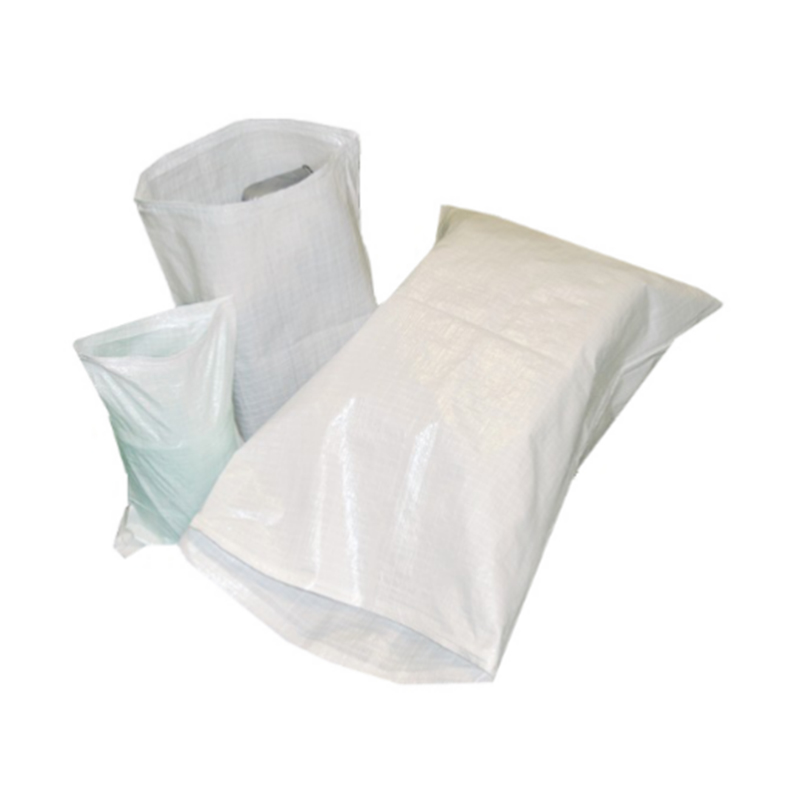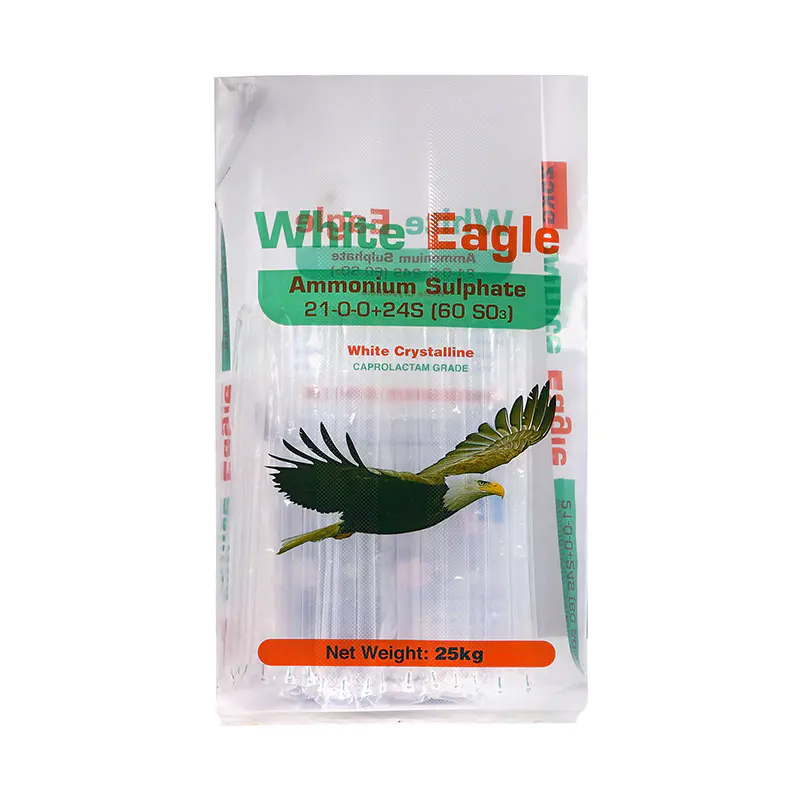Email us now!
In recent years, the growing reliance on woven polypropylene bags has become more evident across agricultural and industrial applications. These bags, known for their strength and flexibility, are increasingly chosen by manufacturers and producers aiming to meet the evolving demands of transport and storage. From fertilizers to grains and from building materials to chemicals, woven PP sacks are proving to be a dependable solution for various packaging needs.

One of the key factors contributing to this shift is the versatility of printed plastic packaging bags. These bags offer practical benefits while allowing for customized branding and product information display. As industries place greater emphasis on both functionality and visual communication, the integration of durable materials with high-quality printing has made printed plastic packaging bags a go-to choice for many supply chains.
In agriculture, woven polypropylene bags are particularly valued for their breathability and resistance to wear during transportation. Whether used for packaging rice, corn, or animal feed, these sacks maintain product integrity while reducing the likelihood of damage. Farmers and distributors appreciate how well they perform under different climate conditions, offering consistent performance during long-haul shipping or in storage silos.
Meanwhile, in industrial environments, the same woven polypropylene bags are utilized to handle a broad range of materials, including sand, cement, and powdered substances. Their ability to withstand rough handling and heavy loads makes them a suitable alternative to traditional packaging solutions. Additionally, their lightweight construction can contribute to lower shipping costs while not compromising on strength.
As packaging requirements evolve, printed plastic packaging bags continue to play an essential role in brand differentiation. Whether targeting domestic or export markets, companies often rely on customized prints to convey instructions, compliance marks, and product specifications. The printability of these bags ensures that they serve as both a protective covering and a communication tool.
The appeal of woven polypropylene bags also lies in their reusability. Many businesses are seeking more sustainable methods of packaging, and the extended lifecycle of these sacks fits into those efforts. By offering durability over multiple uses, they can reduce the need for single-use materials, aligning with broader environmental goals without compromising function.
In terms of market adoption, the expansion of printed plastic packaging bags reflects a more design-conscious approach to bulk packaging. With greater access to color printing technologies and surface treatments, businesses now explore creative ways to make even utilitarian packaging stand out. Whether targeting wholesale buyers or retail customers, the visual impact of well-designed bags is increasingly important.
Moreover, woven polypropylene bags provide flexibility in size and form. Their construction can be easily tailored to meet specific volume or weight requirements, which is particularly useful in logistics operations. From small feed bags to jumbo sacks used in construction, the range of customization allows for practical solutions across diverse sectors.
Despite their increasing use, there are still ongoing discussions about improving recycling systems for printed plastic packaging bags. As more regions implement regulations to manage plastic waste, the industry is also investing in materials and processes that make these bags easier to recover and reuse. This adds another dimension to their appeal as businesses seek to balance performance with responsibility.
The continued demand for woven polypropylene bags and printed plastic packaging bags suggests that they will remain a prominent part of the packaging landscape. Their combination of utility, adaptability, and communicative value makes them suitable for both agricultural and industrial applications, helping businesses meet practical needs while enhancing product presentation.
As packaging trends shift and sustainability becomes more central to decision-making, materials like woven polypropylene bags will likely be further refined and adapted. For industries that require resilience and visibility, these sacks offer a compelling solution that aligns with the changing priorities of the global supply chain.

 English
English русский
русский Español
Español عربى
عربى Türk
Türk







